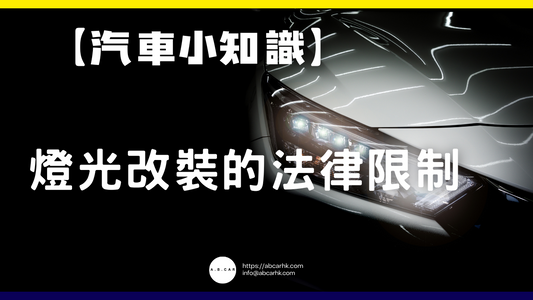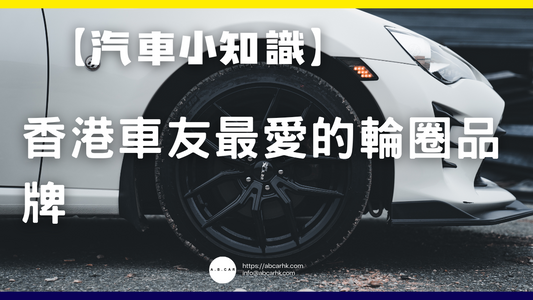[Pet Tips] 4 Tips for Puppy Nail Care

4 Tips for Puppy Nail Care 🐾✂️
If your puppy makes a "clacking" sound while walking, licks their paws frequently, or has nails curling inward, it's time for a nail trim! Regular nail care can prevent ingrown pads, walking pain, posture changes, and abnormal joint stress. Below, we'll explain the complete process from scratch to expert, using common local equipment and steps. We'll also add personal tips to ensure easy learning and success.
1. Tools and safety preparation 🧰🔦
Essential Checklist
-
Nail clippers: Small puppies often use "scissor-type" nail clippers; the blades are sharp and the handles are non-slip and stable.
-
Nail grinder: low vibration, two-speed speed, with grinding wheel refill; suitable for trimming and smoothing.
-
Hemostatic supplies: Hemostatic powder (or cornstarch), cotton swabs/gauze; in case of emergency.
-
Lighting and assistance: strong desk lamp or flashlight (black nail lighting), towel, non-slip mat.
-
Rewards and restraint: high-value snacks, lick pads; ask family members to gently help fix them when necessary.
Environment and posture
-
The environment should be well-lit, quiet and free from distractions; lay a non-slip mat so that the puppy can sit on the owner's lap or lie on its side.
-
First, use light touch to desensitize: touch the soles of the feet, press between the toes, and gently touch the tips of the nails with nail clippers, then give rewards to establish the association of "being handled = good things happening."
-
Editor's tip: Don't do too much the first time; just do 1-2 toes and be done with them. This will leave a good impression and they will naturally cooperate next time.
2. Correct trimming steps ✂️📏
Identify blood lines (sensitive areas)
-
Light-colored nails: A pink blood line is visible through light; stop trimming about 1–2 mm before the blood line.
-
Dark/black nails: Shine a flashlight diagonally from the base of the nail; cut only a very small amount each time, and then observe the color change of the cross section.
-
Cross-section interpretation: If tiny grayish-white spots (soft tissue) appear in the center of the cut surface, indicating that the blood line is approaching, the procedure should be stopped and a nail grinder should be used for minor trimming.
Angle and order
-
Start from the fingertips, with the blade at about 45 degrees to the nail, remove the sharp corners first, and then trim a small amount to avoid "stirring and drying" at one time.
-
Recommended order: forelimbs (outside to inside) → hind limbs → dewclaw (big toe, which is most likely to be too long and curled into the pad).
-
Each snip or two smoothes the edge, reducing the chance of snagging on fabric or mats.
Accidental bleeding treatment
-
Apply calm pressure for 30–60 seconds while applying styptic powder; avoid rubbing repeatedly.
-
Avoid strenuous running or immersion in water on the same day; if bleeding persists or gait is painful, please contact a veterinarian.
Frequency and Standard
-
It is recommended to check the puppies every 1-2 weeks; if you hear a "clicking" sound on the floor and the tip of the nail touches the ground, it means it is too long.
-
The goal is to "stand without nails touching the ground" and walk without turning outward or inward.
Editor's Tips
-
Black nails must be cut in small amounts and multiple times; use snacks to break the tension after each cut, and the whole process becomes a game.
-
Dewclaws are easily overlooked, so remember to inspect each finger individually and don't estimate their length from a distance.
3. Nail polishing and daily maintenance🌀🪛
Safe use of nail grinders
-
Use the slowest setting and remove the grinding wheel after 1-2 seconds each time to avoid overheating. For long-haired dogs, trim the hair between the toes first to prevent it from getting stuck in the grinding wheel.
-
Cut first and then grind for the highest efficiency; grind out rounded and blunt edges to reduce scratches and scrapes on wooden floors.
Cleaning and maintenance
-
Before use, wipe the soles of your feet and fingertips with a wet tissue to keep them dry; afterwards, wipe away any powder with a dry cloth.
-
Oil and clean nail clippers regularly. Dull nail clippers can crack the nails and increase discomfort.
Editor's Tips
-
After bathing, the nails are slightly softer and easier to rub, but they are more likely to get hot. It is recommended to rub after a while, and short contact between toes is the safest.
-
Hiking or using rough surfaces will only cause "minor wear" and cannot replace a manicure; the slipperier the floor at home, the more frequently it needs to be inspected.
4. Behavioral training and stress management🧠🍖
Low-pressure process (Fear-Free)
-
Disassembly steps: touch the foot → pinch the toes → touch the nail tip with the clamp → make a "click" sound (you can pinch spaghetti to make the sound first) → really cut 1 time.
-
Each step is accompanied by snacks and the command "good". If you feel nervous, take a step back and try again next time.
-
No more than 5-10 minutes at a time, shorter is better than longer; end with success and maintain anticipation.
Restraint method
-
Small dogs: Sit facing the owner on the lap, with the forearms lightly clasped across the chest and the other hand in a palm-up position.
-
Large dogs: Lie on their side or sit against a wall, with an assistant gently supporting their shoulders and back; be gentle throughout the process and avoid strong pressure.
-
If you have ever been afraid of the pain of clipping, consider asking a beautician or behaviorist to work with you to recreate the experience.
When to find a major
-
The nails are severely curled inward and close to the paw pad; there has been heavy bleeding; the nails are black and the blood line is uncertain; the puppy is struggling severely due to high blood pressure.
-
For those who currently have joint pain, lameness, or interdigital inflammation, a veterinarian should first evaluate them before prescribing a nail care plan.
Advanced lazy bag (collectible)
The first sign of a nail trim
-
There is a "cracking" sound when walking; the tip of the nail touches the ground when standing; the front paws are turned outward or the stride of the hind legs is shortened; the dewclaws are hooked.
Common Mistakes
-
Cutting too much at once; backlighting or insufficient lighting; not using a flashlight on dark nails; forgetting to deal with dewclaws; not trimming the edges after cutting.
Seven-day desensitization exercise
-
Day 1-2: Touch the feet + reward; Day 3: Touch the nail tip with pliers; Day 4: Listen to the sound of pliers and get snacks; Day 5: Really cut 1 finger; Day 6: Really cut 2-3 fingers; Day 7: Full palm inspection + edge grinding.
Safety Reminder
-
Puppies are active, so play until they are slightly tired before trimming their nails to help them cooperate. Avoid trimming your nails immediately after a meal.
-
If there is only one person at home, a novice can practice "grinding" first and then "cutting", which has a higher tolerance for errors.
Editor's summary❤️🐶
Nail care is the most challenging aspect, and it's all about patience and pace. Remember three things: ensure good lighting, trim only a small amount at a time, and stop when successful. Starting today, set up a weekly "paw inspection day." Pair it with a high-value treat and short practice sessions. After a few sessions, your puppy will understand: nail care equals comfort and good food. In the long run, not only will your dog walk more steadily and be less prone to injury, but it'll also reduce scratching on floors and sofas—making life easier for the whole family!



